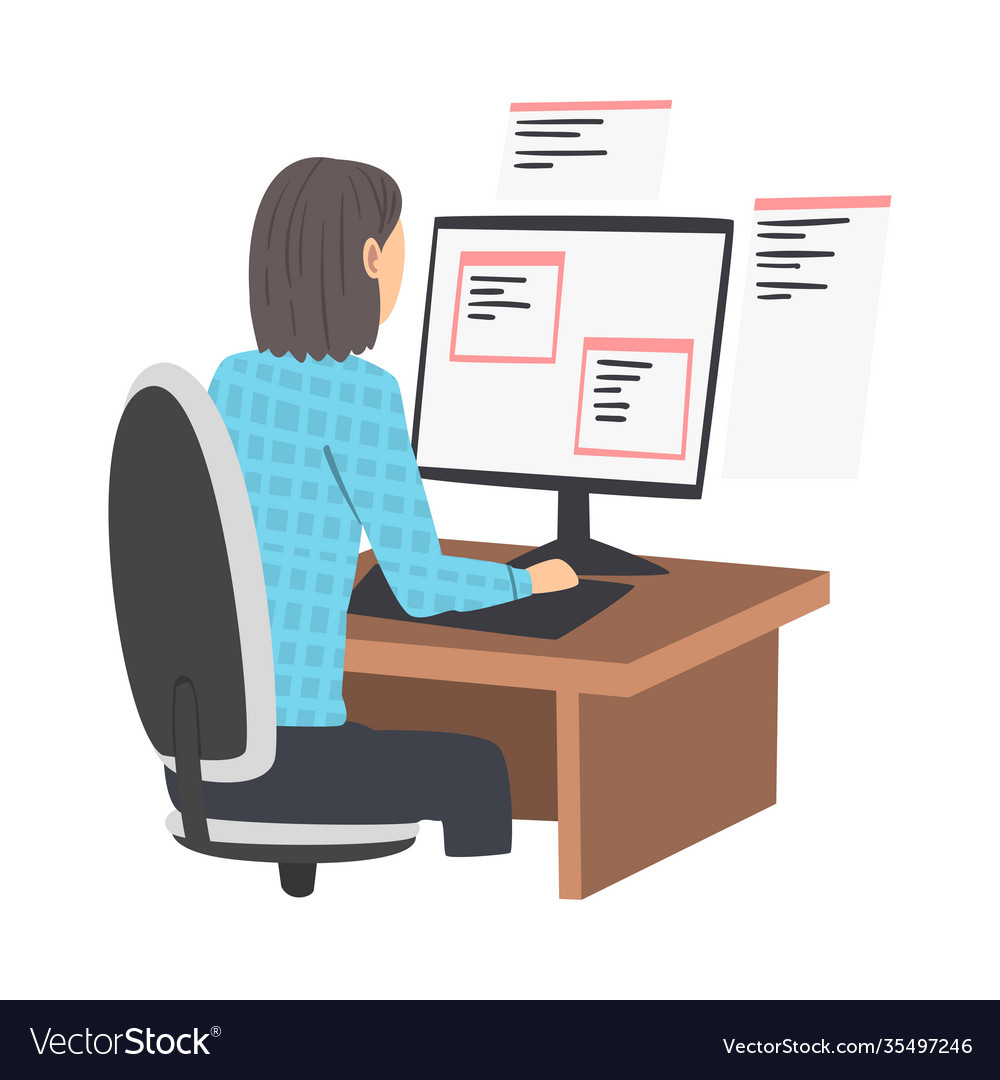Hire Dedicated Developers for Your Next Big Project with Confidence
Devoted Developers vs. In-House Teams: Which Is Right for You?
The decision in between using dedicated designers and maintaining an in-house group is a significant one that can impact the trajectory of your tasks and overall company approach. On the other hand, in-house teams contribute to a natural firm society and a nuanced understanding of lasting objectives.
Comprehending Dedicated Designers
The expanding need for specialized skills in the technology market has caused the development of committed designers as a practical remedy for lots of organizations. These specialists are typically contracted on a job basis, permitting business to leverage certain competence without the long-term commitment related to permanent hires. Devoted developers are commonly embedded within a customer's group, supplying adaptability and scalability to satisfy task requirements.
This design allows organizations to access an international talent pool, which is specifically beneficial in a quickly evolving technological landscape. Devoted designers can be sourced from different geographical places, making certain that companies can discover the appropriate skill set at competitive prices. They usually bring a wealth of experience and understanding, having actually functioned on varied tasks across different markets.
In addition, devoted designers can concentrate specifically on the jobs available, boosting productivity and performance. They are equipped to integrate perfectly into existing process, teaming up very closely with internal groups to attain project objectives. This method not only minimizes the problem of employment and training however likewise enables organizations to stay active, adjusting swiftly to changing market needs and technical innovations.
Benefits of In-House Teams

Additionally, in-house teams often tend to have a deeper understanding of the business's goal, values, and objectives. This placement can improve staff member engagement and inspiration, as group members feel extra connected to their job and the company's success. Additionally, having a dedicated internal team enables for far better placement of techniques and purposes, as these participants are continually concentrated on the business's top priorities.
In-house teams likewise assist in quicker decision-making procedures, as they can react extra rapidly to obstacles and changes. The recognized connections and knowledge with firm procedures enable structured process and decreased miscommunication. Ultimately, the combination of a natural culture, alignment with organizational goals, and efficient interaction makes internal teams a valuable property for lots of companies, especially those aiming to cultivate long-term growth and innovation.
Cost Factors To Consider
When evaluating expense considerations, both internal teams and devoted designers existing unique economic implications for companies. Involving dedicated programmers usually involves a pay-per-project or hourly price design, which can be economical for companies with changing project needs. This technique enables flexibility in scaling resources up or down, making certain that business only pay for the services they require.
In comparison, internal groups require dealt with expenses, consisting of salaries, advantages, and overhead costs such as office area and devices. While this version uses higher control and prompt pop over to this site availability of resources, it may bring about greater long-lasting expenditures, specifically if the workload does not warrant a permanent staff.
In addition, firms must think about the concealed costs related to employment and training of internal staff members, which can even more stress spending plans. Sometimes, the time and sources spent on managing an in-house group can diminish the company's core business objectives.

Project Administration and Versatility
Task administration and versatility are vital aspects that affect the choice between internal teams and specialized developers. Devoted designers commonly supply a high degree of adaptability, permitting companies to scale sources up or down based upon task demands. This agility can be particularly beneficial for businesses experiencing fluctuating workloads or those looking for to introduce swiftly. Dedicated groups frequently have actually established procedures for taking care of tasks efficiently, leveraging specific methodologies like Agile or Scrum, which promote repetitive progression and versatility.

Ultimately, the selection in between devoted developers and internal groups rests on the wanted level of adaptability and the particular task monitoring requirements. Firms need to assess their functional dynamics, task complexity, and source accessibility to determine which alternative lines up ideal with their tactical objectives.
Making the Right Selection
Choosing the right growth method-- internal teams or specialized developers-- needs a cautious evaluation look at these guys of various variables that line up with a firm's calculated objectives. dedicated development team. Take into consideration the nature of the job. If it requires specialized abilities or a quick scale-up, devoted programmers may be preferable. Alternatively, in-house groups can provide much better connection and assimilation with existing personnel.
Following, review your spending plan. Committed programmers usually offer an affordable option for temporary projects, while in-house groups might sustain greater long-lasting costs because of incomes, benefits, and overhead prices. Analyze the degree of control and cooperation wanted; internal teams usually promote stronger interaction and placement with business culture.
Additionally, consider the moment structure. If instant try this website results are necessary, committed programmers can be onboarded quickly, whereas building an internal group takes time for employment and training. Evaluate the long-term vision of your company. If constant development is essential, spending in an in-house group may yield far better returns in time. Ultimately, the choice depends upon a thorough evaluation of these factors, making certain positioning with your firm's operational demands and overall purposes.
Verdict
In verdict, the choice in between internal groups and devoted designers hinges on job needs and business goals. Alternatively, in-house teams grow a natural culture and deeper alignment with long-term goals.
The decision between making use of committed developers and preserving an in-house team is a considerable one that can impact the trajectory of your tasks and general business technique.Job monitoring and adaptability are important variables that influence the option in between internal teams and devoted designers. hire dedicated developers.In comparison, internal groups might excel in maintaining a regular task administration framework due to their experience with the company's culture and lasting objectives. Committed programmers frequently present a cost-efficient remedy for temporary tasks, while in-house groups may incur greater long-lasting costs due to wages, advantages, and overhead prices.In conclusion, the decision between specialized designers and internal teams pivots on project requirements and business purposes